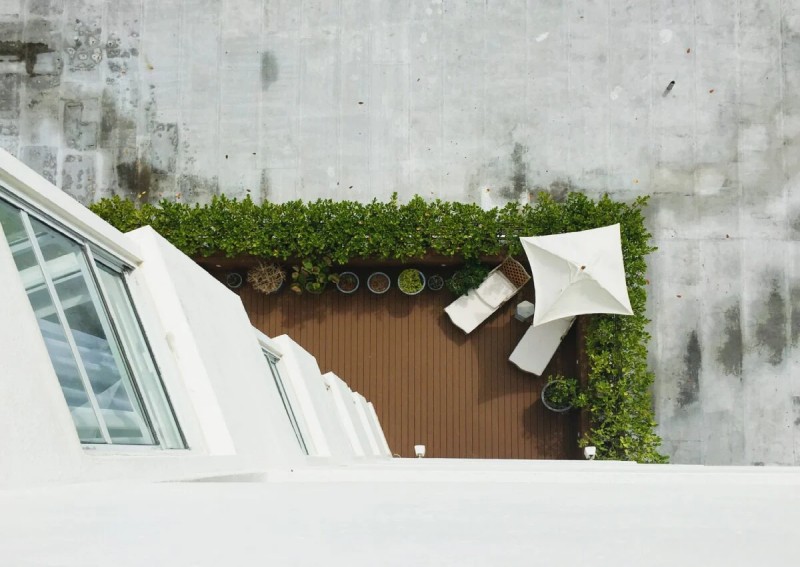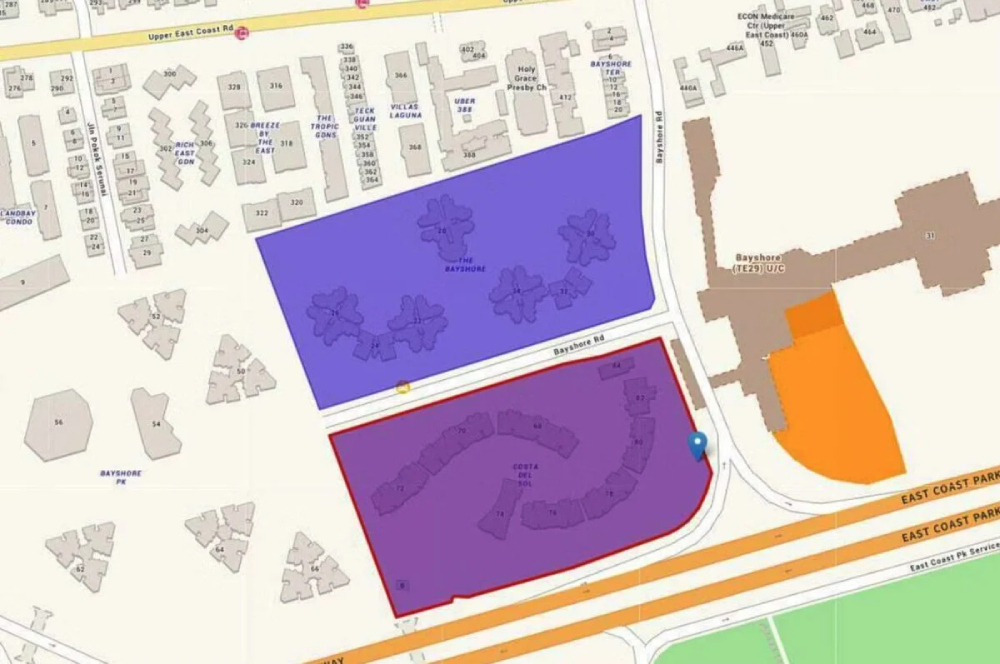Navigating Singapore's 2024 private housing landscape: Opportunities and challenges


In a significant move, the Ministry of National Development (MND) of Singapore has recently announced an increase in the land supply for private homes under the Government Land Sales (GLS) programme for the first half of 2024.
This decision marks a pivotal moment in Singapore's housing market, reflecting the government's proactive approach to addressing the needs of a growing population.
The MND has set the supply at approximately 5,450 private residential units, which is a 5.6 per cent increase from the previous period. This number includes 710 executive condominium (EC) units and 515 long-stay serviced apartments.
Notably, this is the highest supply on the confirmed list since the second half of 2013, which saw 5,960 units.
However, Lee Sze Teck of Huttons Asia points out a critical detail: after excluding long-stay serviced apartments, the real increase in the number of private housing units is just one per cent.
This differentiation is significant, considering long-stay serviced apartments do not directly cater to the traditional homebuying demand from individuals.
The new sites for these housing units are strategically located. They include a site next to the Great World MRT station, an EC plot in Jalan Loyang Besar close to Downtown East's recreational amenities, and a pioneering private condo plot in the new Tengah estate.
These locations offer a range of options for potential homebuyers, catering to diverse preferences and needs.
The introduction of long-stay serviced apartments represents a new dimension in the housing market. These units, which cannot be individually strata titled and sold, offer a different type of living arrangement that could impact the overall housing landscape.
On the reserve list, MND plans to release land that could potentially generate an additional 3,460 private residential units. Notably, the Bayshore Road site, capable of yielding 480 units, stands out for its proximity to the upcoming Bayshore MRT station and its potential for good sea views.

Alongside residential units, the GLS programme also includes the supply of commercial spaces and hotel rooms. This diversification in land use highlights the government's broader vision for a balanced urban development.
Current trends indicate a cautious approach from developers in participating in GLS tenders, influenced by prevailing economic uncertainty and recent cooling measures. The changing dynamics suggest a shift in market sentiment that could affect future developments.
The decision to increase the supply of private residential units in Singapore for H1 2024 is a significant step towards addressing the growing housing demand.
By offering a variety of options and focusing on long-term market stability, the government aims to create a balanced and sustainable housing market.
As the landscape evolves, it will be crucial to monitor these developments and their impact on Singapore's broader housing sector.
ALSO READ: Government Land Sales H1 2024: Prime residential sites for development opportunities